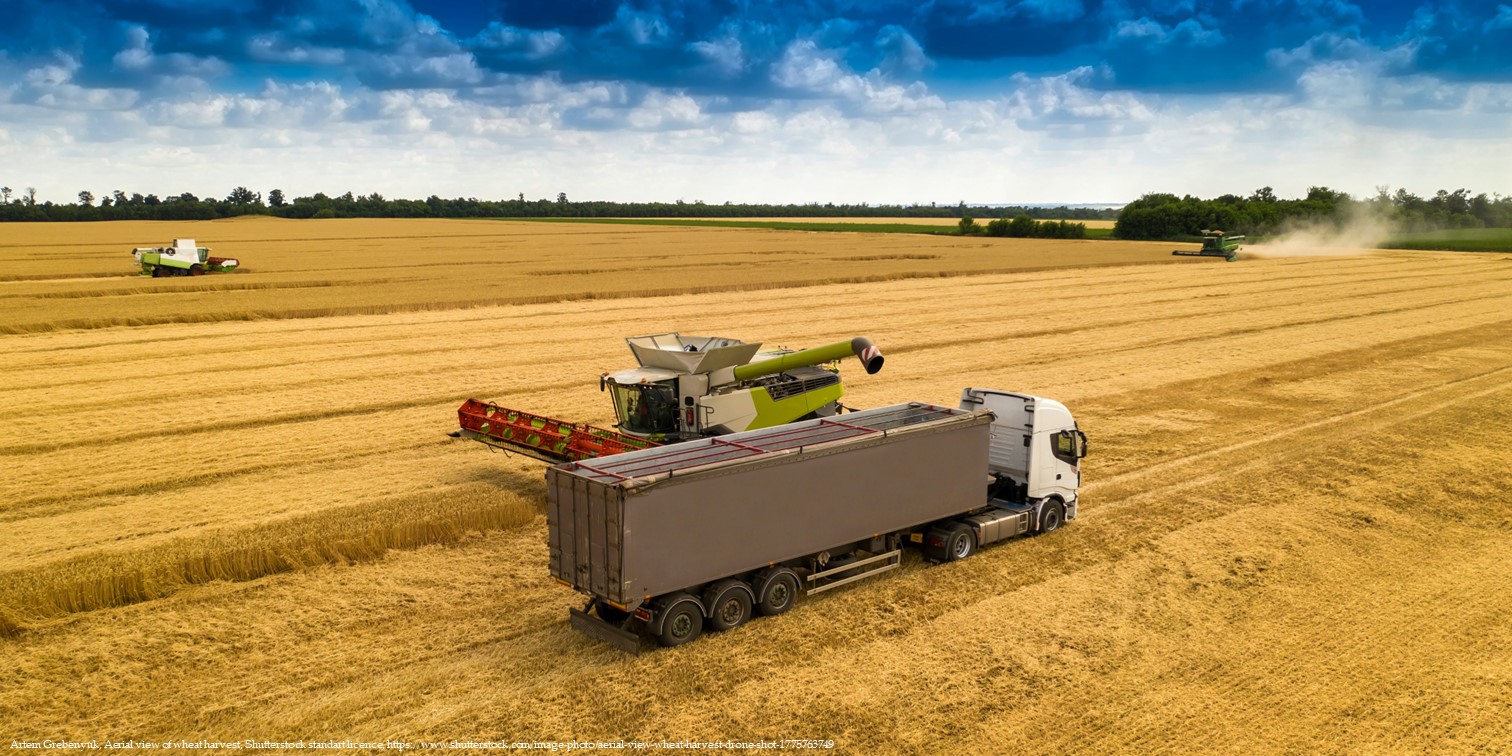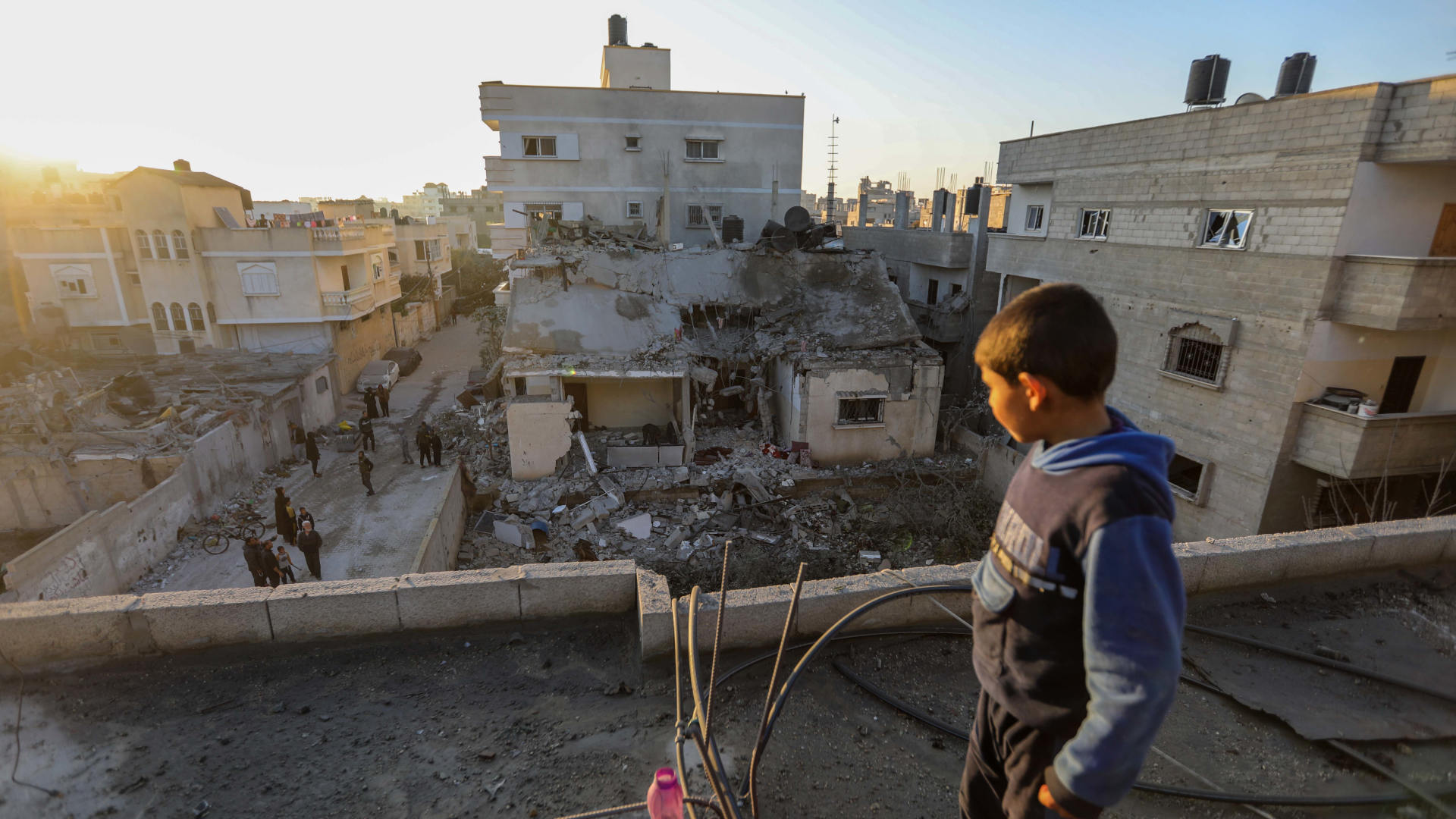In a move aimed at enhancing national security and protecting public safety, the German government has announced a new policy allowing law enforcement authorities to shoot down drones under certain conditions. The decision comes amid growing concerns over the potential misuse of unmanned aerial vehicles (UAVs) for criminal activities, including surveillance, smuggling, and attacks on critical infrastructure. This development marks a significant shift in the country’s approach to drone regulation, as authorities seek to address the increasing presence of drones in sensitive areas.
The increase of security risks associated with drones
Drones have become an integral part of modern technology, offering a wide range of applications, from recreational use to commercial and even military purposes. However, their widespread availability and capabilities have also raised serious security concerns. Drones can easily be used for illicit activities, including smuggling contraband into restricted zones, gathering intelligence on sensitive installations, or even carrying out direct attacks on critical infrastructure. In response to these threats, the German government has decided to empower police forces with the authority to neutralize drones that are deemed to pose a threat to public safety.
Concerns over the policy’s impact on public safety and privacy
The choice to permit law enforcement officials to bring down drones stirs debate. Some contend it might result in needless escalation, especially in cases where drones are merely flown for entertainment or have accidentally wandered into off-limits airspace. Moreover, there are worries about endangering uninvolved individuals, as bringing down a drone might lead to debris scattering in busy locales. Nonetheless, the authorities have insisted that this measure will be enforced exclusively in scenarios where drones are deemed to present an immediate and significant threat to public safety.
The growing need for stronger drone regulations
The issue of drone misuse has become more pronounced in recent years, as drones have become more affordable and accessible to the general public. While many drones are used for legitimate purposes, such as photography, surveillance, and delivery services, their potential for abuse has caught the attention of authorities. The possibility of drones being used for terrorism or criminal activities is a growing concern, particularly in the context of large-scale public events or in proximity to critical infrastructure like airports, power plants, and government buildings.
A significant incident illustrating the possible risk from drones took place in 2018, when a drone led to major disruptions at London’s Gatwick Airport. The airport was forced to close for multiple days due to a drone being seen close to the runway, causing cancellations and postponements for numerous travelers. Situations of this nature have encouraged countries globally to reconsider their drone laws, with certain nations taking more initiative in addressing the rising dangers linked to these technologies.
Germany’s new policy is part of a broader European trend of strengthening drone laws. Several other countries, including France and the United Kingdom, have already implemented or are considering similar measures to combat the growing threat of drone misuse. In some cases, these countries have introduced no-fly zones around critical infrastructure, or employed specialized technology designed to detect and disable unauthorized drones.
Handling the equilibrium between safety and confidentiality
One of the key challenges in implementing such a policy is balancing the need for security with the protection of individual privacy rights. Drones have the potential to intrude on personal privacy, particularly when used for surveillance purposes. However, the widespread use of drones for legitimate activities, such as aerial photography and delivery services, has made it difficult for lawmakers to craft regulations that can effectively address both concerns.
To tackle these issues, the German government has stated that the policy will adhere to strict protocols and supervision. Law enforcement personnel will need to adhere to specific criteria when making decisions about whether to bring down a drone, such as evaluating the potential threat the drone represents and establishing if it is flying within a prohibited zone. Moreover, the policy will be closely observed to prevent the unwarranted targeting of innocent drone pilots.
Although these protections are in place, fears about possible overextension persist. Some opponents argue that permitting law enforcement to remove drones may result in a decline in civil freedoms, as people might be discouraged from using drones due to the risk of severe fines or having their devices damaged. Additionally, there are worries about the likelihood of drone-related mishaps or harm, especially if drones are taken down in crowded zones or close to vital infrastructure.
The evolution of drone defense technologies
As drones become increasingly sophisticated and their functions keep advancing, governments must devise more complex strategies for regulating their deployment. The capability to neutralize drones is merely one of several resources available to law enforcement to ensure public safety, and it is probable that other nations will implement comparable actions in the future.
In addition to allowing police to take down drones, some governments are investing in advanced technologies that can detect and neutralize unauthorized UAVs. These technologies include drone jammers, which can interfere with the communication signals between a drone and its operator, as well as systems that can physically capture drones mid-air. While these methods are still being refined, they offer an alternative to shooting down drones, which can be dangerous in crowded or sensitive areas.
Future implications for drone regulation
The growing prevalence of drones presents a unique challenge for governments around the world. On one hand, drones have the potential to revolutionize industries such as logistics, agriculture, and surveillance, offering new opportunities for innovation and efficiency. On the other hand, they also pose significant risks when used for criminal purposes or as a tool for terrorism. Balancing the benefits of drone technology with the need to protect public safety and privacy will require ongoing collaboration between governments, law enforcement, and the public.
The implementation of a strategy permitting law enforcement to target and take down drones in specific circumstances signifies a growing awareness of these threats and the necessity for stronger actions to tackle them. Nonetheless, it also prompts significant inquiries regarding the potential implications of this strategy, especially concerning the effects on individual liberties and privacy entitlements.
Looking ahead, it is evident that authorities will have to keep updating their rules and guidelines to match the fast evolution of drone technology. Whether by implementing stricter enforcement strategies or utilizing sophisticated drone-deterrent systems, the main task will be to maintain the safe and secure use of drones while protecting personal rights and preserving public confidence.
As the debate continues over the appropriate response to the growing threat of drones, Germany’s decision to allow police to shoot down drones marks a significant moment in the ongoing conversation about how to balance security, privacy, and technological progress. This policy will likely serve as a model for other countries grappling with the same challenges, as governments seek to protect their citizens from the potential dangers posed by drones while still embracing the many benefits that this technology has to offer.



